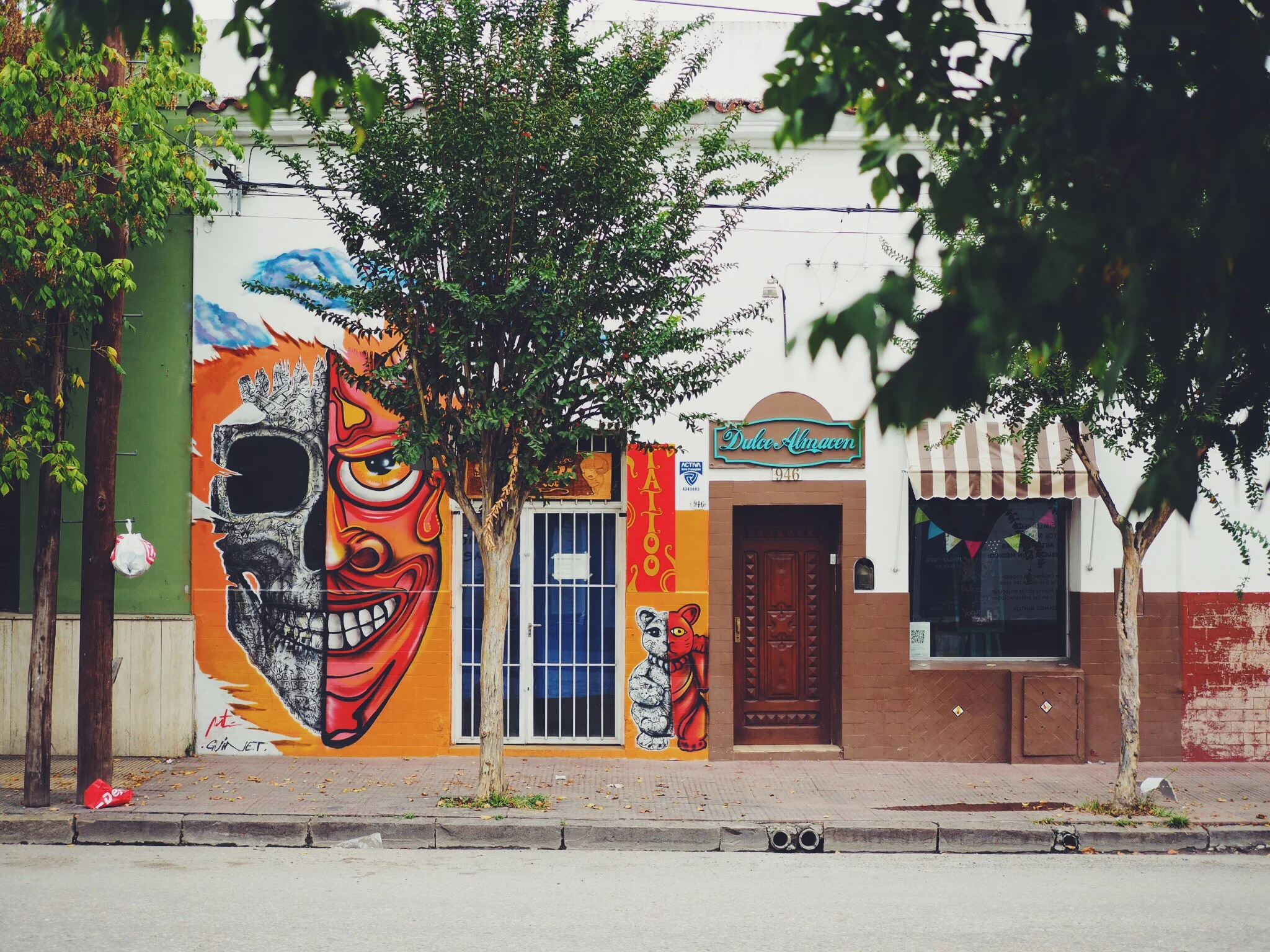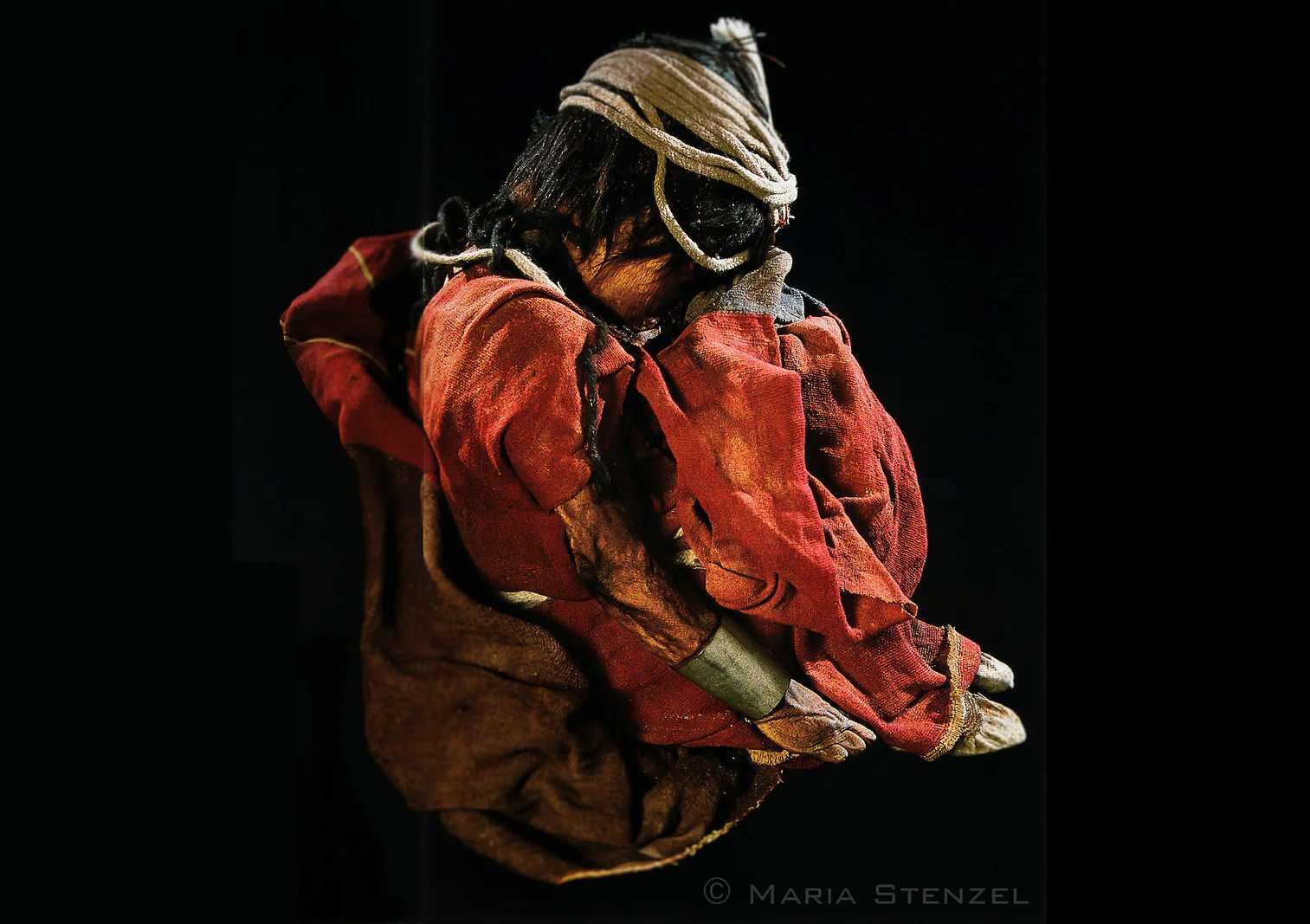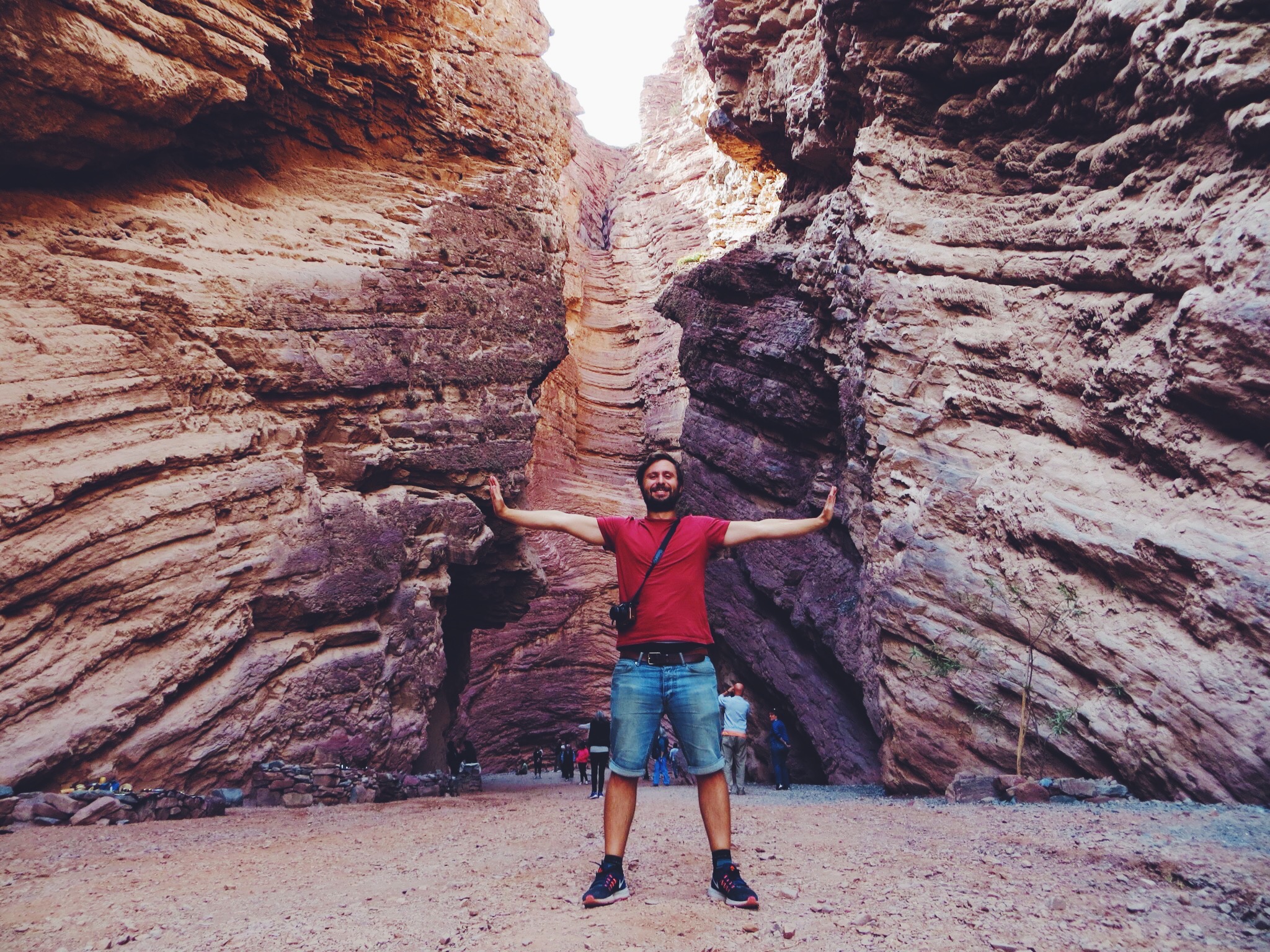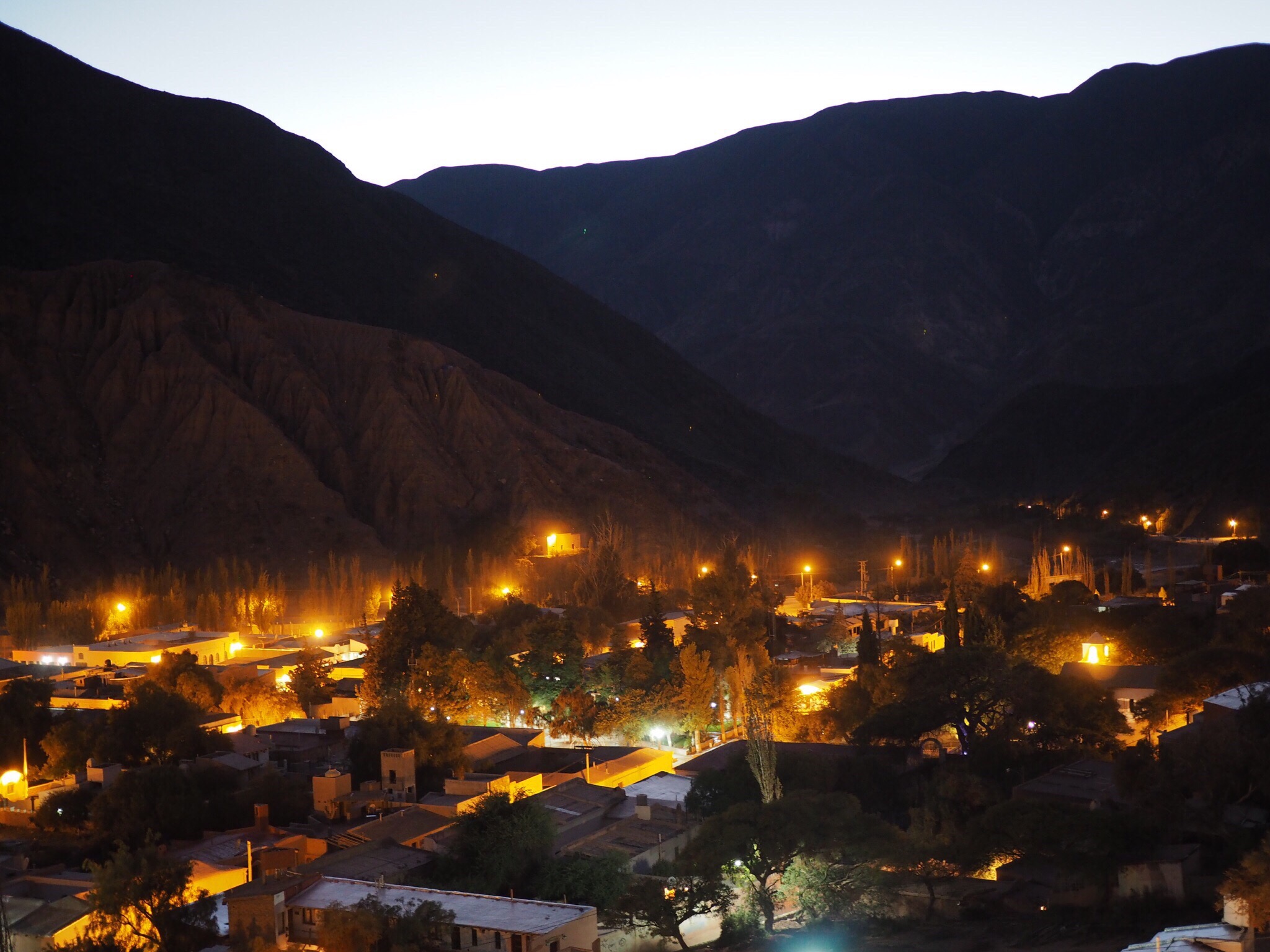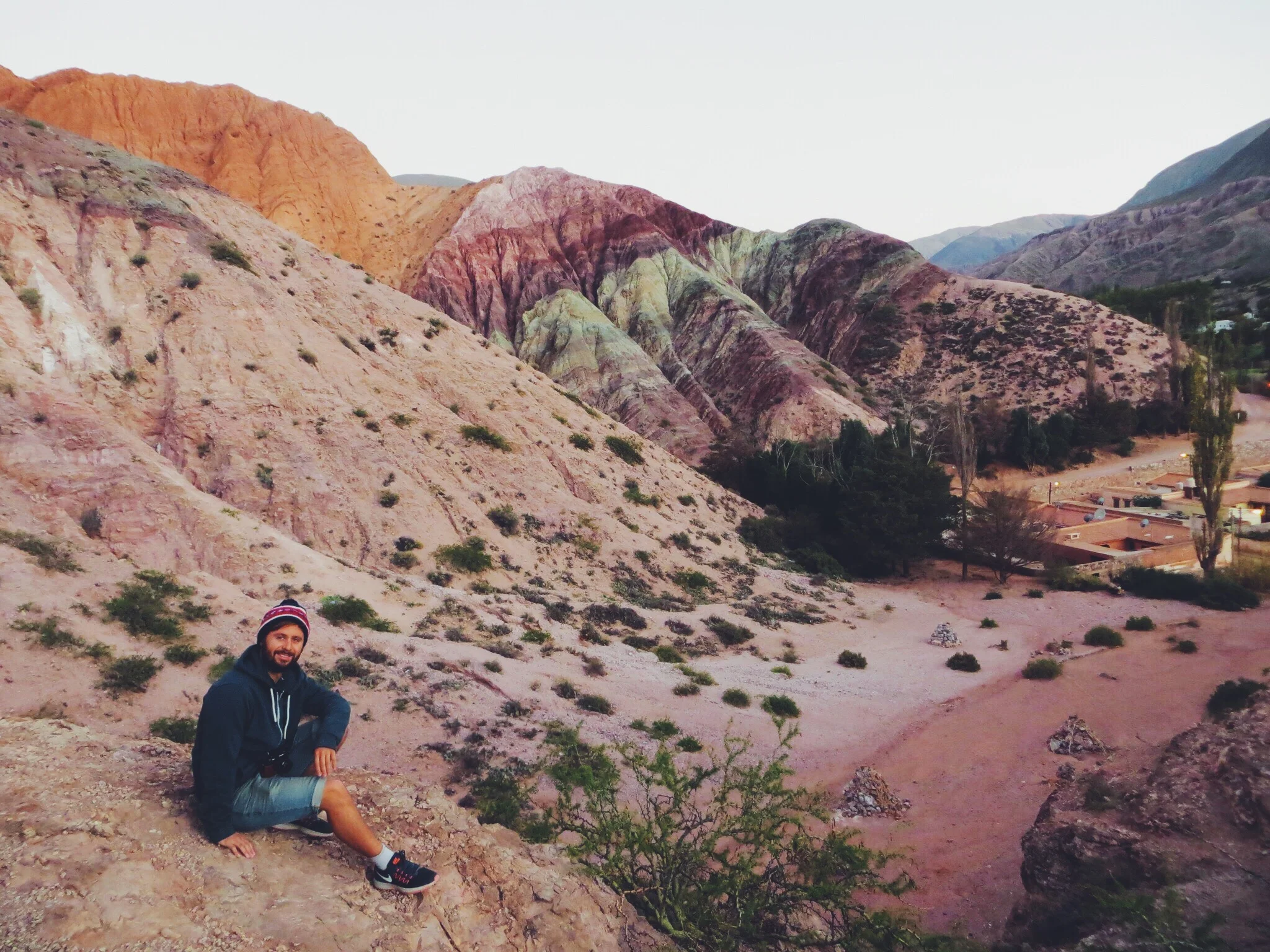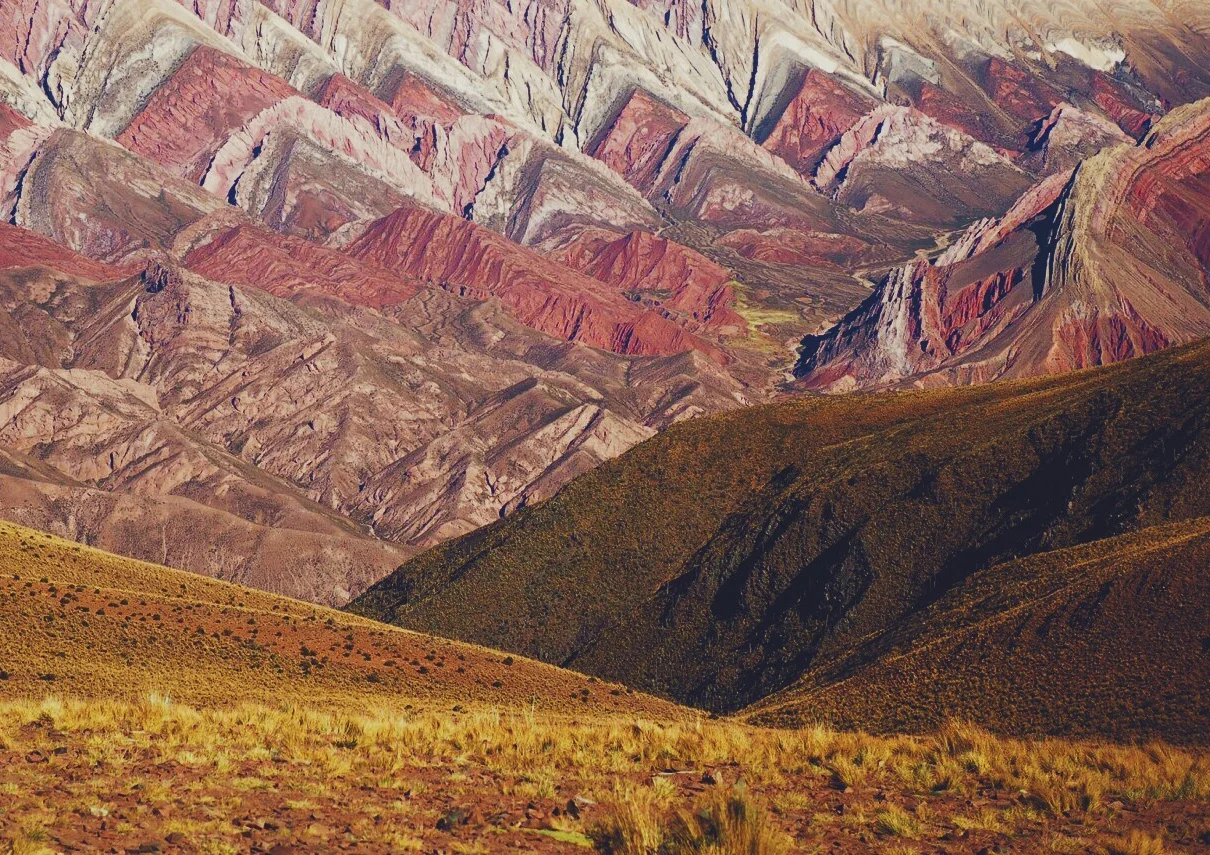Salta and Jujuy Province
Due to the huge distance from Santiago to Salta, we decided to stop off at Mendoza to sample the best wines in the region. The stop off felt immediately worth while due the incredible bus journey through the Andes to get to Mendoza. With roads that wound through the dramatic and constantly changing scenery, it felt like we were watching a movie! The border crossing into Argentina took quite a while, but it didn't detract from the beautiful scenery.
We decided to spend a day hiring bikes to explore the Maipú region of Mendoza, and visited some great vineyards including Tempus Alba and Trapiche where we got to taste world class reds. Maipú itself, however, turned out to be a bit of an industrial estate, and wasn't particularly safe to cycle around. We were pretty underwhelmed by Mendoza overall and without much charm or sights we were glad to move on to the more interesting regions further north.
Salta
After a 17 hour night bus ride from Mendoza we arrived in Salta, northern Argentinian. We wanted to use Salta as a launch pad in order to visit the many interesting places around the area including Cafayate, Purmamarca and Humahuaca, all which boast breathtaking scenery and a more traditional local culture. We decided to spend a day exploring the centre of Salta before booking 3 day tours to the key sights with a local company.
With its colonial architecture and peaceful vibe we immediately warmed to the city of Salta. The main Plaza 9 de Julio was surrounded by beautiful 18th and 19th century buildings including the Cathedral de la Virgen del Milagro and the Museo de Arqueologia de Alta Montana. It was a lovely place to relax and soak up the atmosphere after a long journey. We also visited the amazing red and gold Iglesia San Francisco, with exterior equally impressive as it's exterior.
We then walked a few blocks, passing some interesting street art (and a vintage car show!) to the small but charming craft market to pick up a few things we needed. On our walk back to the plaza we stumbled across a beautifully designed boutique shop called FED that was selling wonderfully quirky hand-made interior bits and pieces. We then headed back to the square to visit the Museo de Arqueología de Alta Montaña, or MAAM (Museum of High Altitude Archaeology).
Luckily the museum was open until 9pm so after a quick empanada at the bakery (Salta boasts the best) we arrived at the archaeological museum, home to the Children of Llullaillaco, arguably the best preserved mummies of all time. The collections of inca artefacts that had been found on the top of the Llullaillaco volcano were fascinating, and due to cold temperatures and ice had all been perfectly persevered. We learnt about the ancient rituals of child sacrifices in the mountains, ceremonies that took place to praise gods or when an Inka ruler died. On display was El Niño, the mummy of a 8-year-old boy with perfectly preserved clothing, hair and skin in a foetal like position. We weren't allowed to take photos, but it was totally surreal to see someone who had been dead for 500 years so intact.
(Photos by Maria Stenzel)
Cafayate
Our first tour from Salta was to the town of Cafayate, 3 hours south of the city with various points of interest along on the way. The drive is know to be one of the most beautiful in South America, with stunning mountains, giant valleys and interesting rock formations that make up the Quebrada de las Conchas. Our first stop was the ‘Devils Throat’, a tall, narrow passageway carved into a cliff face. Locals played traditional Inca music on flutes as we walked through the terracotta coloured rock that towered around us.
The next stop just around the corner was the ‘Amphitheatre’, a huge natural arena of rock that surrounded you on all sides. Inside there was a busker playing ‘Wish You Were Here’ by Pink Floyd, and the echoing acoustics were truly magical. The wall of rock was so big it was difficult to get a full photo, and without a person in the shot the scale was totally lost.
After driving for a few more kilometres we stopped at a lookout over the Valles Calchaquíes. We were given 20 minutes at the viewpoint to get some pictures of the incredible view of the dramatic orange and green mountains. We were driven past other interesting and appropriately named rock formations including the El Titanic, the Nail and China Town.
For lunch, we stopped in the small town of Cafayate, which was a pretty place although the restaurant chosen by the tour guide wasn’t the best (we learnt that choosing our own was a much better option when on a tour). The food was average but we got to try the local dish Locro and listen to some traditional live music. We then had a walk around the picturesque town and handicraft stalls before getting back on the bus.
After lunch we continued to the Finca Quara vineyard where we got to sample local wines and tour the factory. Unfortunately the tour was only in Spanish, but luckily we had an english-speaking Argentinean on our tour who helped translate most of the information. We sampled some amazing reds including Malbec and Cabinet Sauvignon, and even bought a bottle for our evening meal. The prices were ridiculously cheap, around £1.60 per bottle! Cafayate was how we envisioned the wine regions of Argentina to be: a charming town nestled amongst vineyards and beautiful countryside. We could easily have stayed a night!
Cachi
Our second day tour was a trip to the small town of Cachi, a 3 hour drive west of Salta. The route reaches altitudes over 5,000 metres, and we could start to feel it as we climbed the hills in our small tour bus. The locals on the bus kindly offered us some Mate, a bitter tea and tradition popular with Argentinians.
We were also advised to take coca leaves to help with altitude sickness, and our tour guide showed us the technique of rolling up 10 leaves into a small bundle and keeping them inside your cheek for around half and hour. We weren't sure if they worked or not but they seemed to calm us down a bit, and it was interesting to try something that was so integral to South American culture. We wound high up into the giant green hills and stopped at the lookout where a small shack was selling Llama Salami!
From there we continued to the small town of Cachi. There wasn’t too much to do in the town to be honest, and besides a small Inca artefcats exhibition we found the tour to be a little less interesting compared with our trip to Cafayate the day before. On the way in and out of the town we noticed large red fields where the local farmers were drying vast quantities of sweet red peppers. Unfortunately we didn’t get to stop and look as we were on a quite tight schedule, but it would have been interesting to see the fields up close.
After leaving Cachi we set off to the final stop, the Los Cardones National Park. It was a huge expanse of land filled with giant cacti as far as the eye could see. We spend 20 minutes or so taking pictures and wandering around the desert landscape. The tour guide decided to play a trick on us and pretended to drive off, leaving us stranded with nothing but our cameras in the desert! We eventually saw the funny side once the bus stopped and the doors opened!
Humahuaca and Purmamarca
Our third and final tour was to Humahuaca, but we wanted to use the tour to travel up towards our next stop, San Pedro de Atacama. The road to San Pedro passes through the small but beautiful town of Purmamarca, so we decided to stay there after our tour and catch the bus en route to northern Chile. Due to a political protest, we didn’t stop at the city of Jujuy on our tour, so an hours drive later we stopped in Purmarmarca where were treated to a small but bustling town with locals selling colourful garments and a handful of decent restaurants. As we'd decided to stay in Purmamarca we popped into a recommended hostel and booked a nights stay before continuing north with our tour.
We continued onwards passing amazing colourful zig-zagging mountains until we stopped at Tilcara, a small town with ruins of a pre-inca fortification nearby (Pucará de Tilcara). We took a short guided tour of the ruins, learning about the purpose and layout of the structure. It was a shame to see that archeologists had destroyed part of the ancient ruins to build a memorial for themselves (something that the guide was rightly quite upset about!)
Our lunch stop was in Humahuaca, another small city in Jujuy Province. Having learnt from a couple of bad lunch experiences we decided to break from the group and head to a small restaurant specialising in empanadas. They had about 10 varieties, and we sampled a range of the local specialties which were both delicious and cheap. The town was very similar to Purmamarca, if not a bit bigger, and had some impressive steps surrounded by market stalls selling knitted goods and ceramics.
After an hour were were summoned back to the bus, and by our request they dropped us back in Purmararca where we made our way to our very quiet hostel, El Viaje Algarrobo. We spent that evening in a nearby restaurant called Tierra de Colores, listening to a brilliant local band over a steak dinner with cheap (but good) Argentinian wine.
The following morning we woke up at 6am to see the sun rise over the Cerro de los Siete Colores (Hill of the Seven Colours) that puts Purmamarca on the map. We scrambled up the dark, rocky hillside to the viewpoint and waited for the sun to rise. As the light increased, the colours of the mountain got more intense, revealing the greens, reds and orange layers of minerals and metals that gives the mountain its name. The town was very peaceful and beautiful in the morning light, especially as there was nobody else around except a couple of gauchos on an early morning horse ride.
Serranias del Hornocal
Although our tours were a great way to see the surrounding sights of Jujuy, we felt they were a little rushed. Because of this we had missed a sight we were really anticipating: the 14 Coloured Mountain, or Serranias del Hornocal, about an hours drive north of Humahuaca. The only way to get to the mountain from Humahuaca is by tour van or jeep, meaning we had to get a bus back to Humahuaca first. After some negotiations with locals and a bit of luck bumping into people we’d previously met on our trip, we managed to get a spot on a jeep. We drove along a bumpy, dusty road until we reached about 5000 metres above sea level. Two of us had to sit in the back, which was definitely the more fun and picturesque option!
On arrival we were met with a jaw-dropping view of the 14 coloured mountain. It was incredible, and definitely the most beautiful mountain we’d seen around the Jujuy province. We decided to walk another 10 minutes down hill to the ridge where you get the best view. Coming back up hill was definitely a struggle with the altitude, but well worth extra effort. After a good half an hour of taking photos and gazing in awe at the view we jumped back into the jeep and descended back towards Humahuaca, before getting a cab to Purmamarca.
We really warmed to the city of Salta, and found it to be a perfect base to see the sights of the Jujuy region. It was also a treat to stay in a hostel for more than just one night, allowing us to focus on enjoying the surroundings without packing up our bags so frequently. Although a little rushed at times, the tours were a relatively economic option that allowed us to explore the surrounding mountains, viewpoints and towns that we may otherwise have missed. The colourful landscapes of Jujuy were spectacular to see, and accompanied by the peaceful towns, local traditions, food and clothing, we felt that we'd really started to experience a much more traditional way of Andean life.












